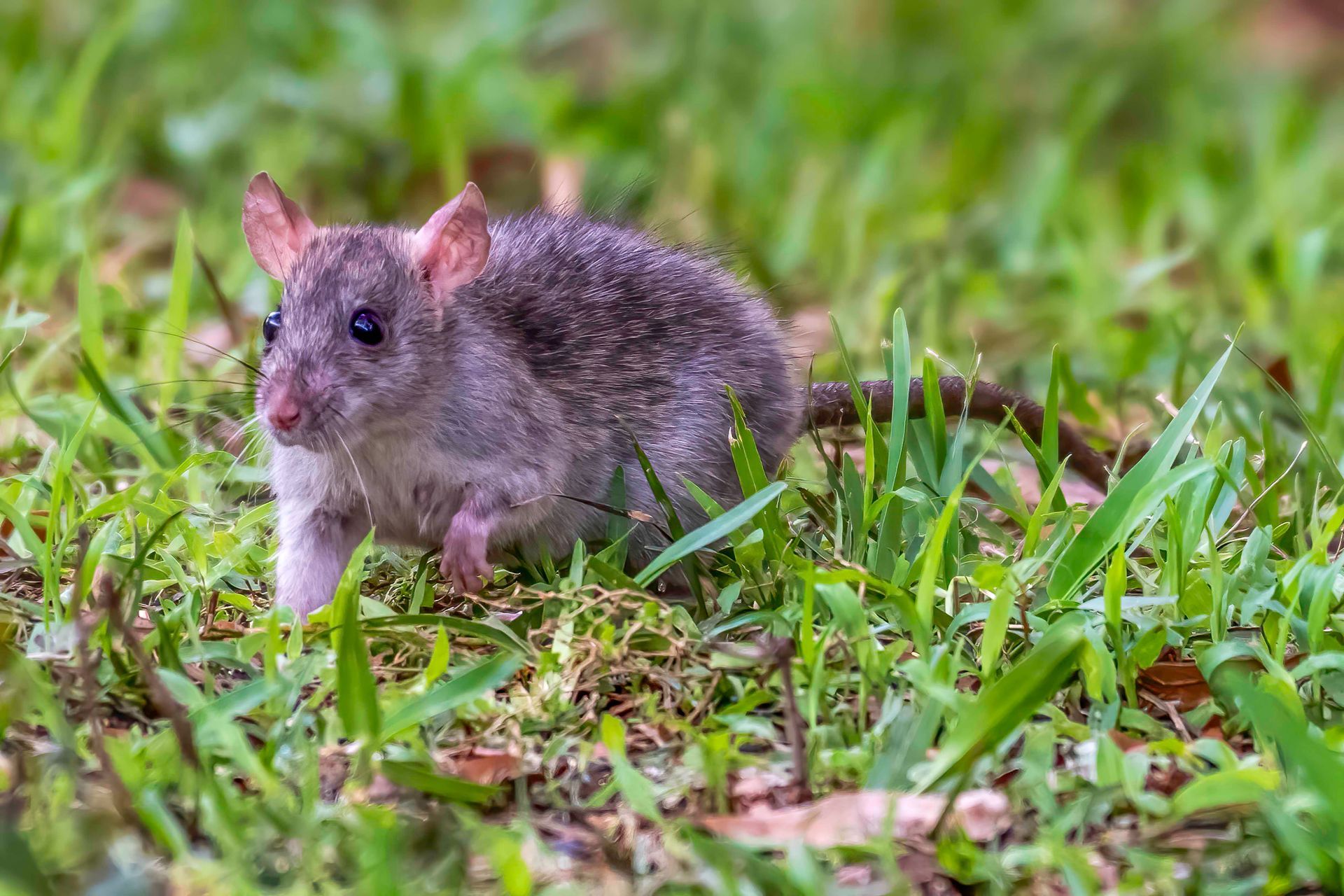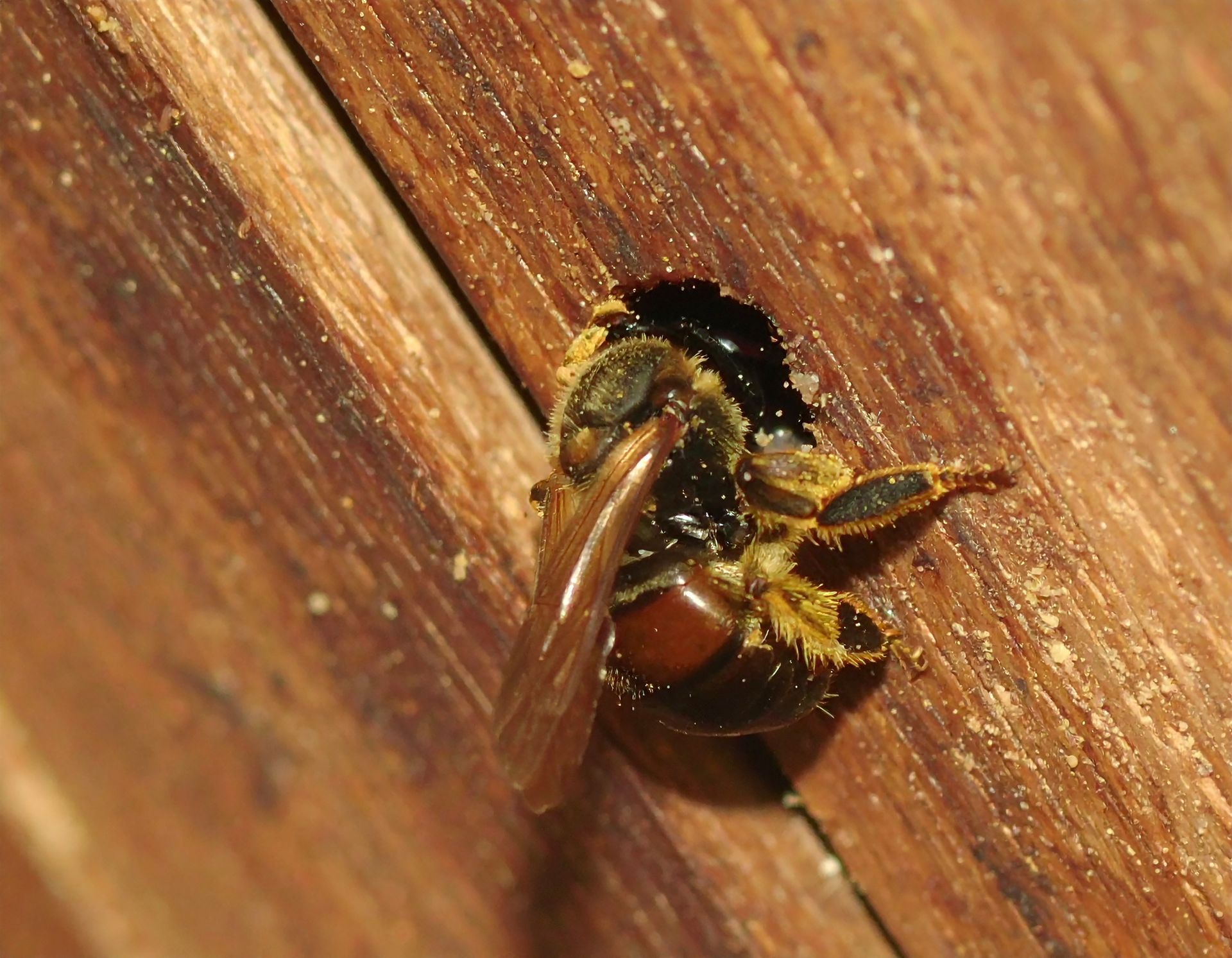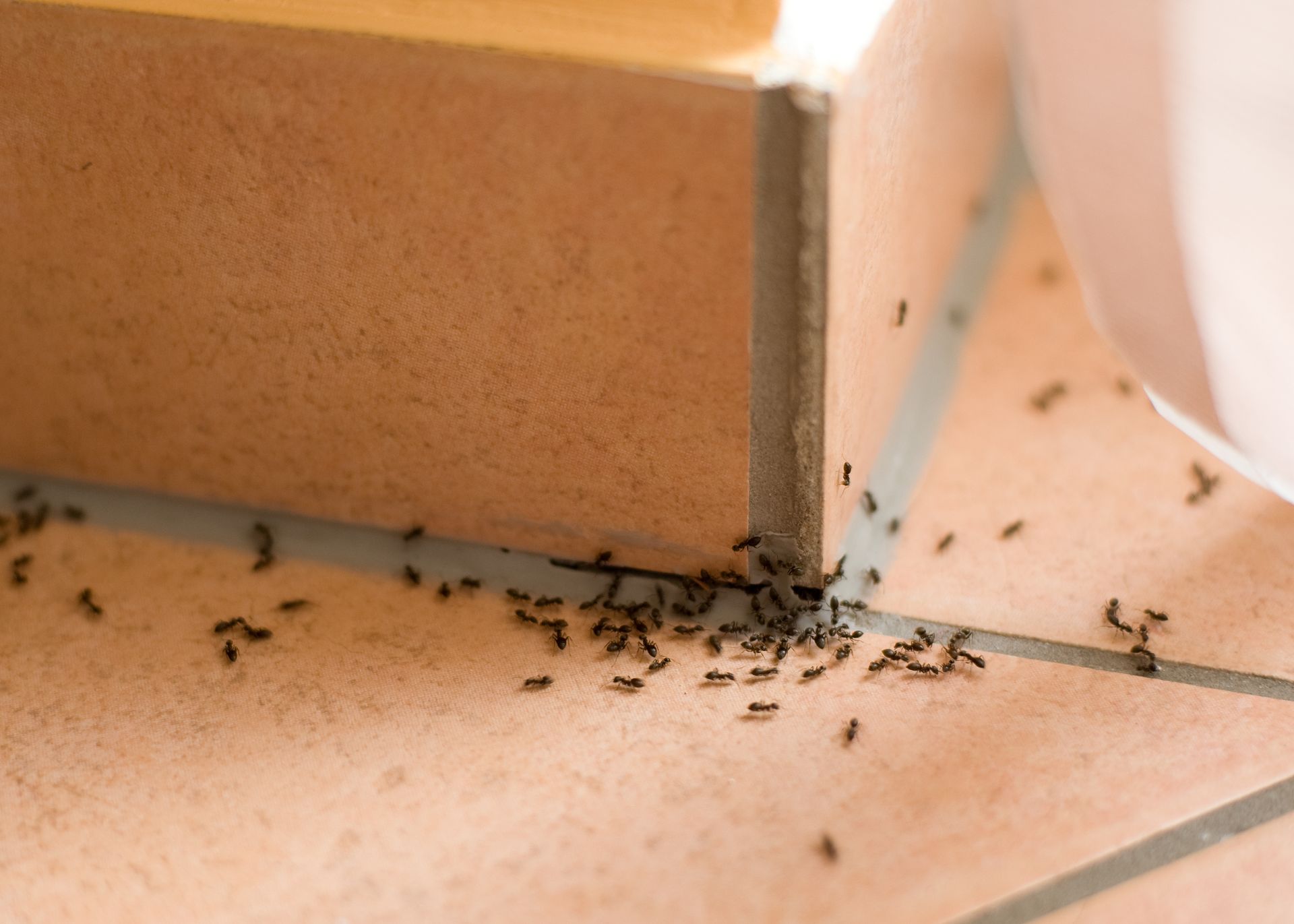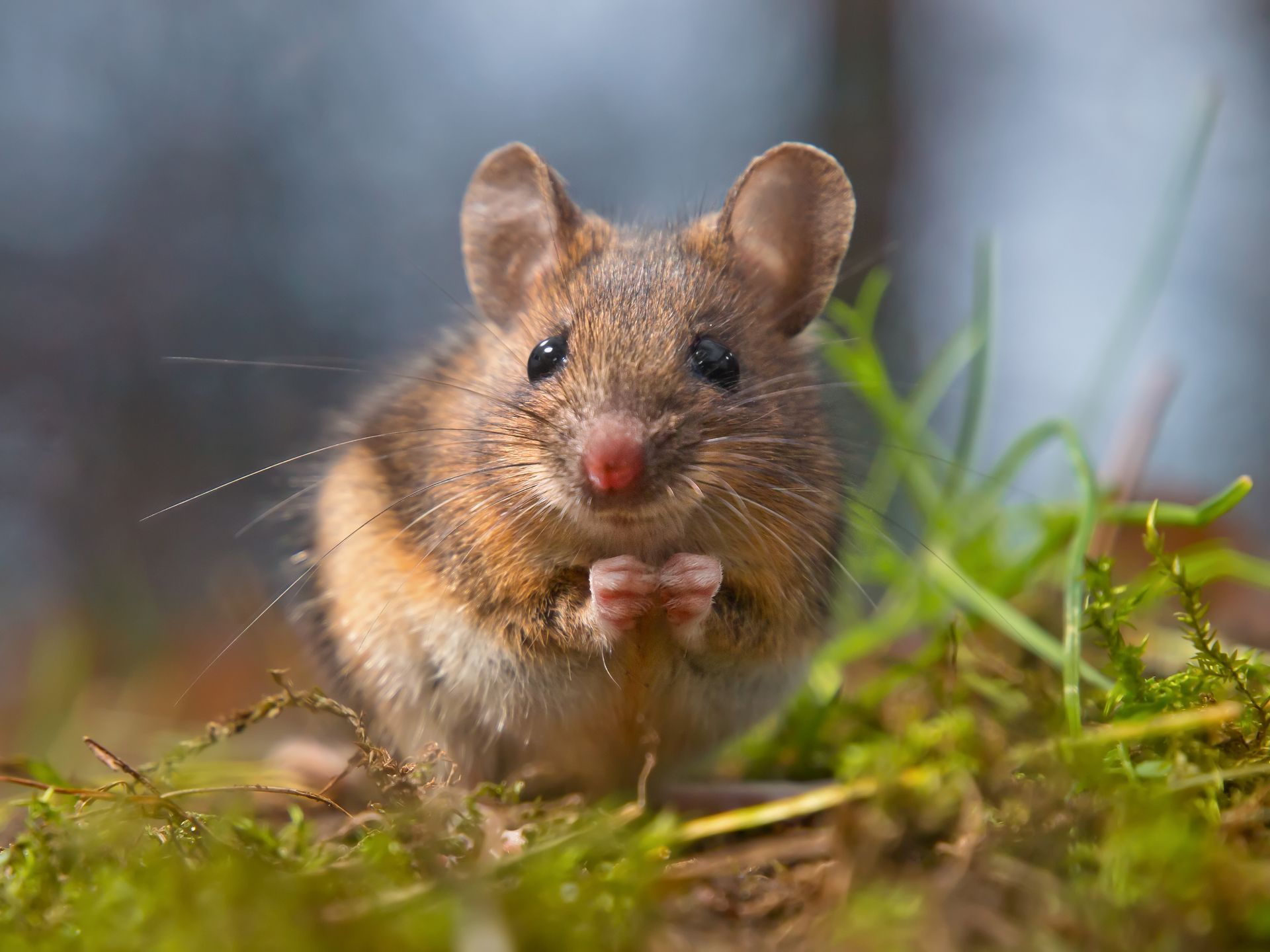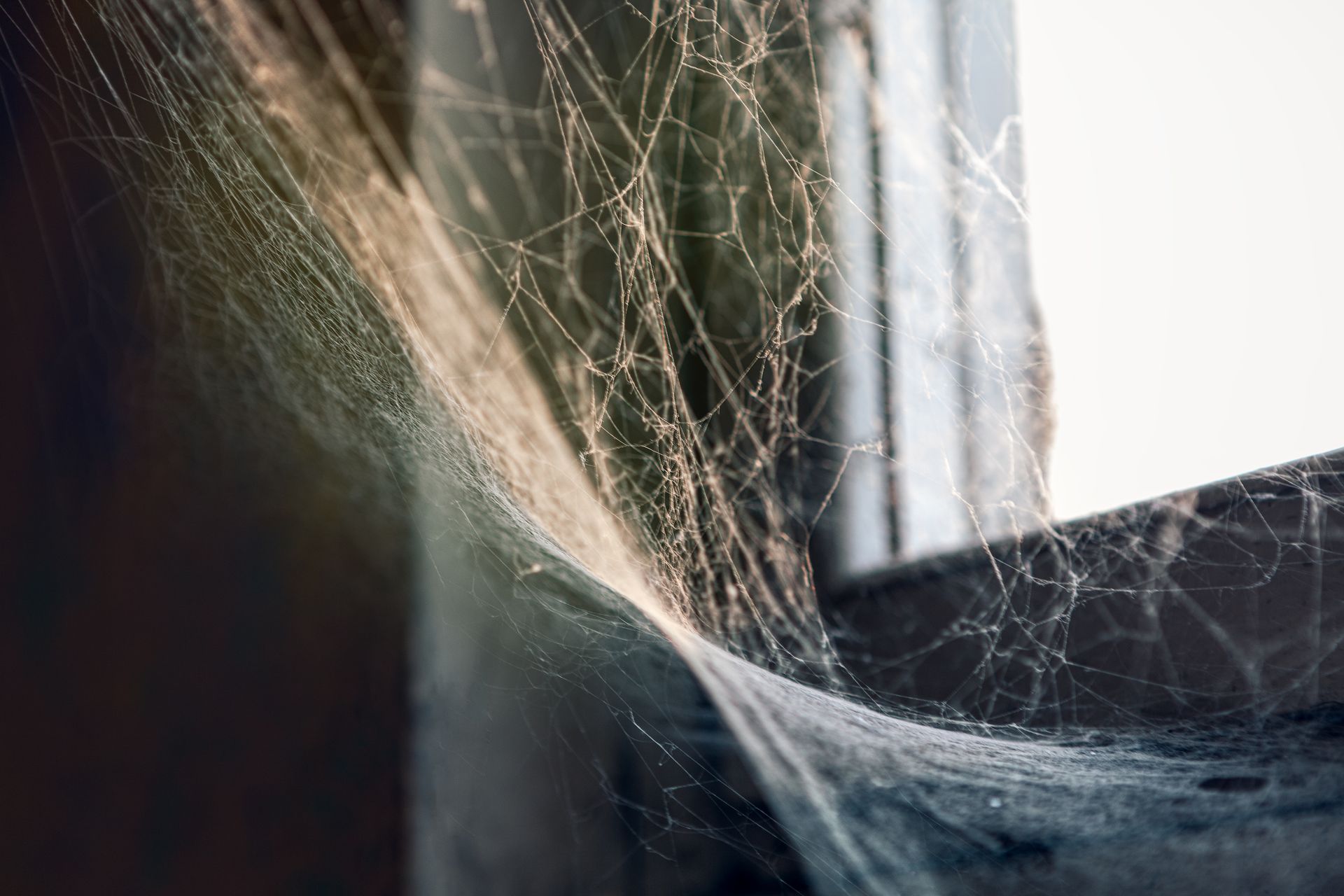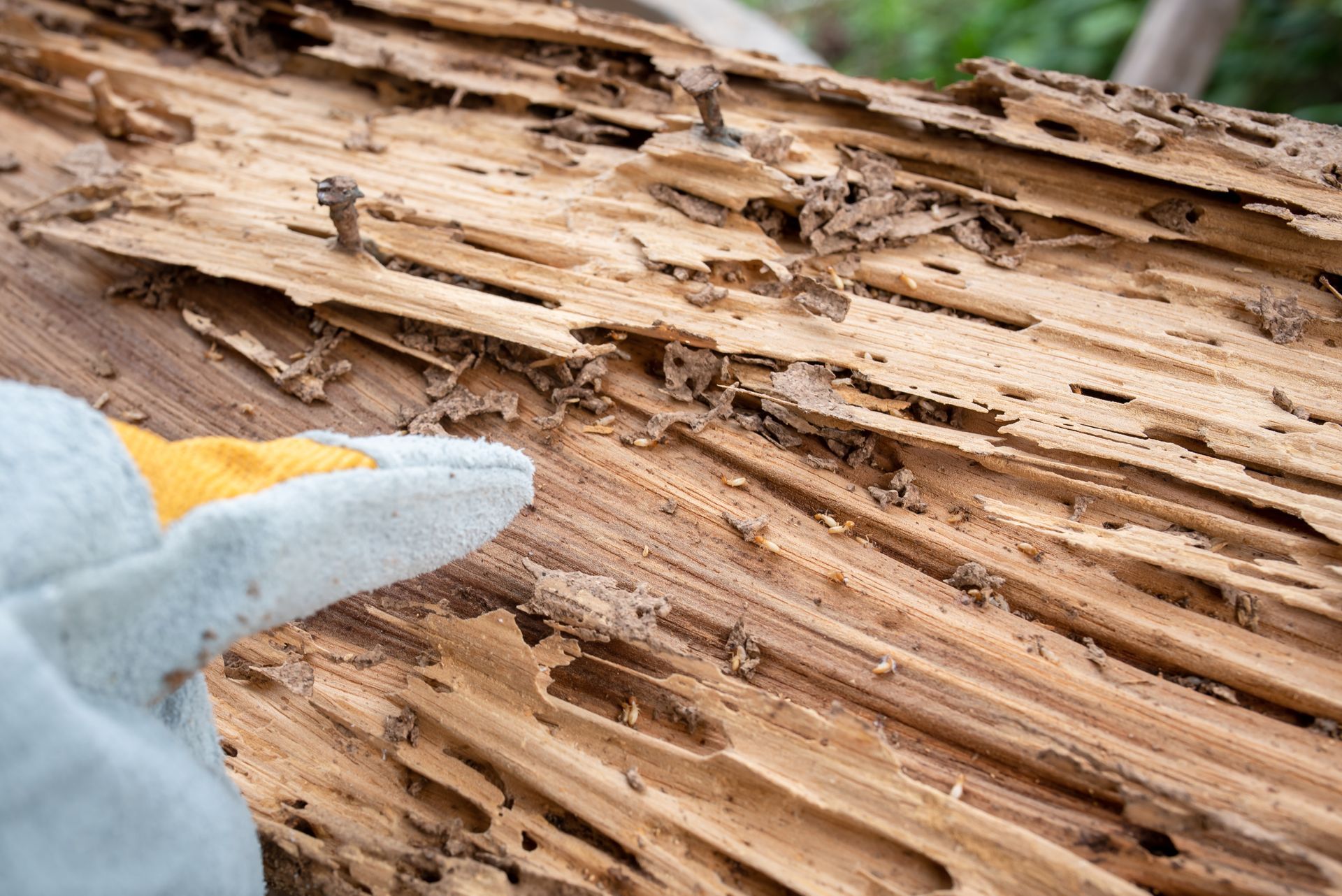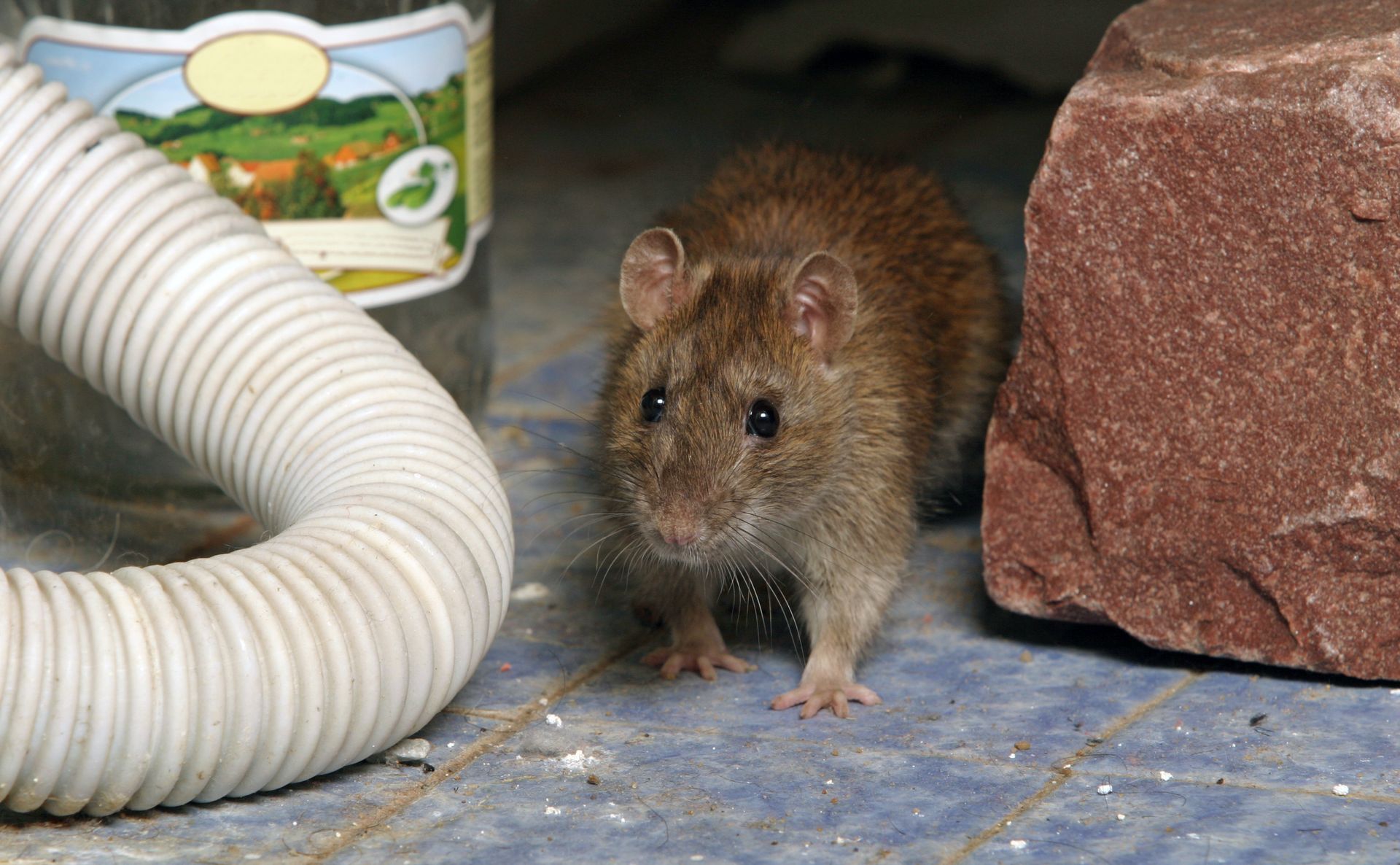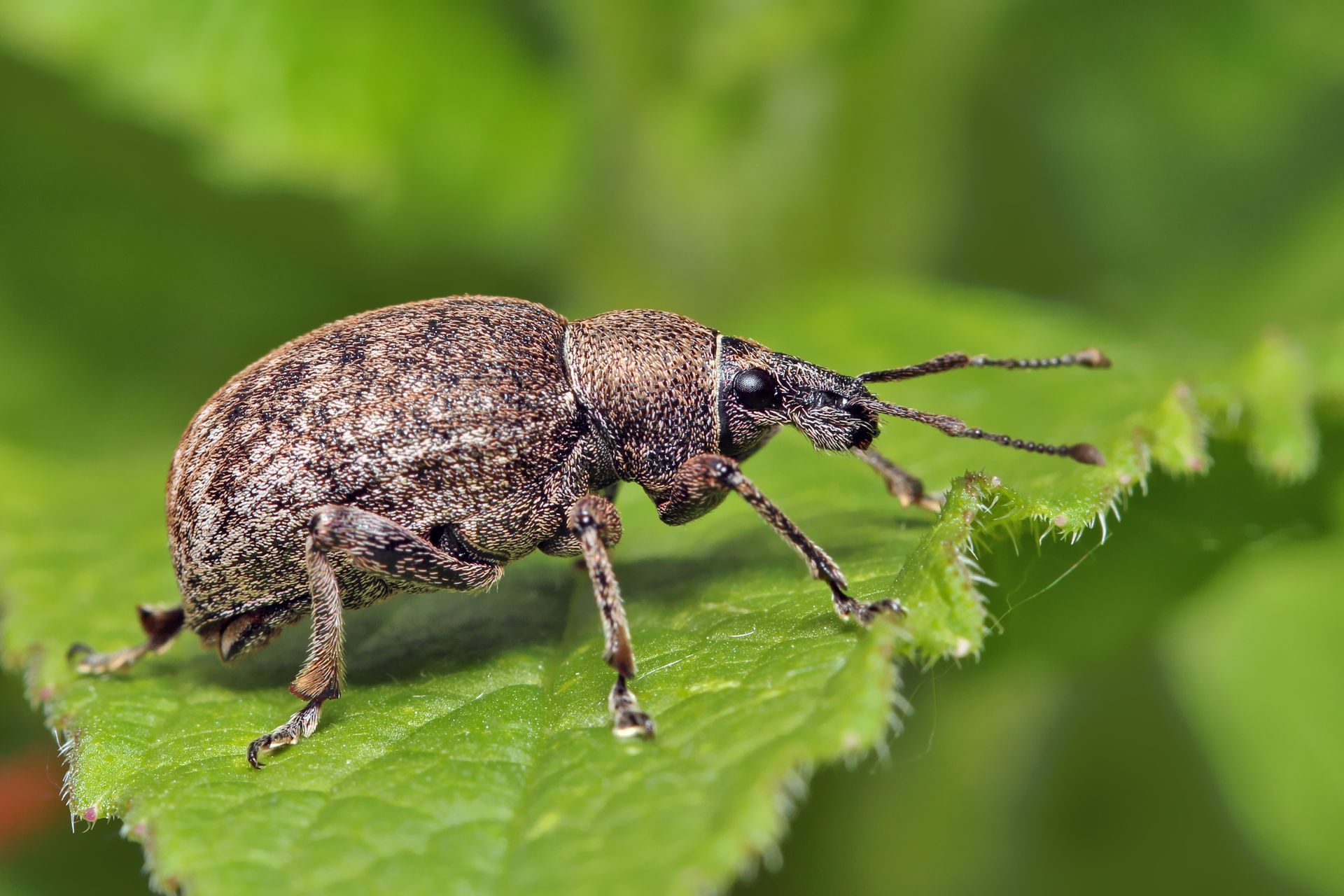The Life Cycle of Mosquitoes: Targeting Breeding Grounds for Effective Control
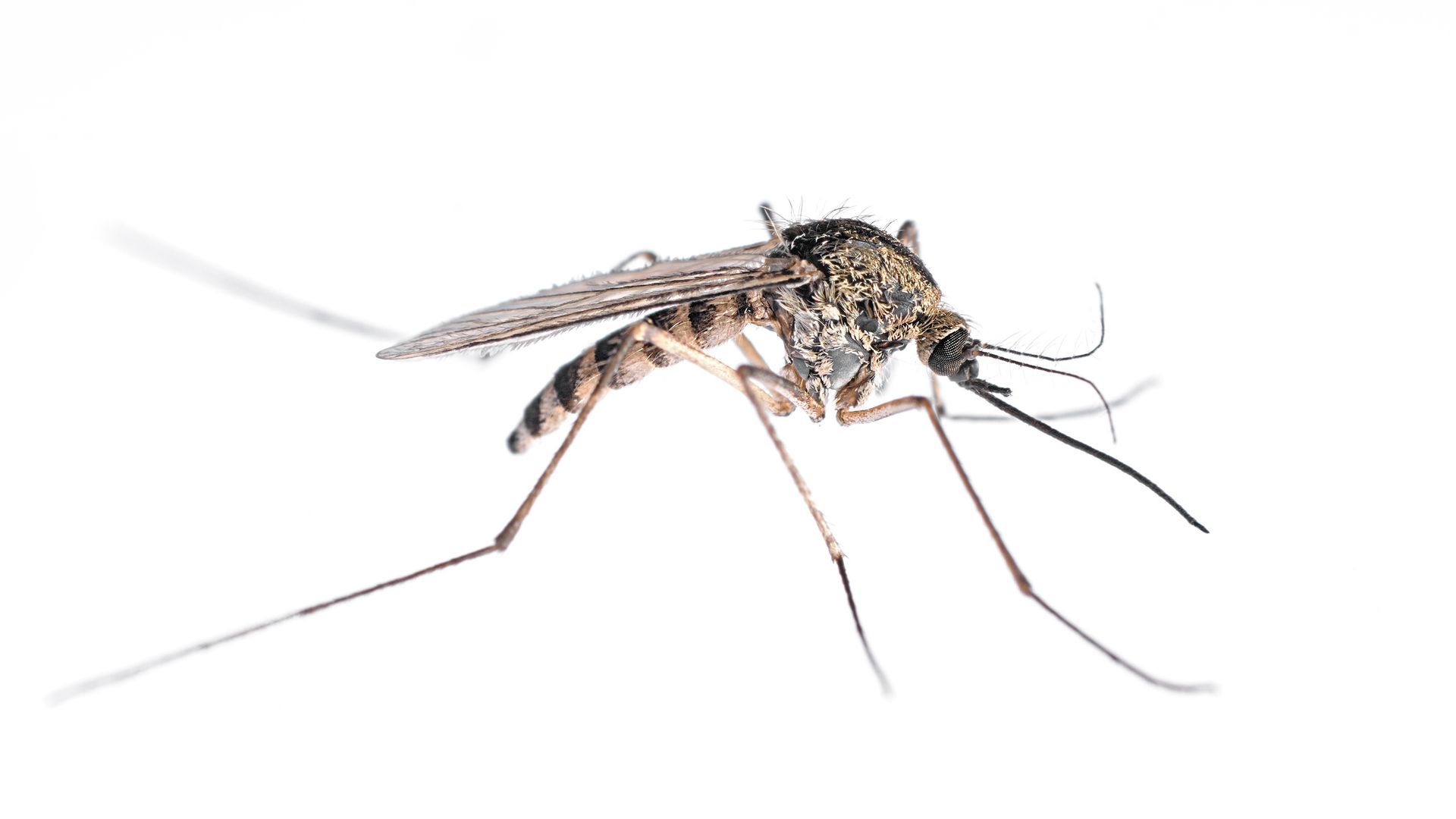
Mosquitoes are not just annoying pests; they are vectors of deadly diseases such as malaria, dengue fever, Zika virus, and West Nile virus. Understanding the life cycle of mosquitoes is crucial for implementing effective control measures. By targeting their breeding grounds, we can significantly reduce mosquito populations and the risks associated with mosquito-borne diseases.
The Life Cycle of Mosquitoes
Mosquitoes undergo a complete metamorphosis, which includes four distinct stages: egg, larva, pupa, and adult. Each stage plays a vital role in the mosquito's development and offers specific opportunities for intervention.
1. Egg Stage
Mosquitoes lay their eggs in or near water. Depending on the species, eggs can be laid singly or in clusters called rafts. Anopheles mosquitoes, responsible for malaria, lay their eggs singly, while Culex mosquitoes, vectors of West Nile virus, lay eggs in rafts. Some species' eggs can withstand desiccation and remain viable for months, waiting for favorable conditions to hatch.
Targeting the Egg Stage
Controlling the egg stage involves removing or treating standing water where mosquitoes lay eggs. Regularly emptying containers, unclogging gutters, and ensuring proper drainage can prevent mosquitoes from finding suitable breeding sites.
2. Larva Stage
Mosquito larvae, commonly known as wrigglers, hatch from eggs and live in water. They go through four instars, or molts, during which they feed on organic matter and microorganisms. Larvae must come to the surface to breathe through siphons or spiracles, depending on the species.
Targeting the Larva Stage
Introducing larvicides, such as Bacillus thuringiensis israelensis (Bti), into standing water can effectively kill larvae without harming other wildlife. Biological control methods, like introducing mosquito-eating fish such as Gambusia, can also reduce larval populations.
3. Pupa Stage
Mosquito pupae, known as tumblers, do not feed. They are active and can respond to light changes by tumbling. This stage lasts from a few days to a week, depending on environmental conditions. The pupa stage ends when the adult mosquito emerges.
Targeting the Pupa Stage
Pupae are less vulnerable to chemical treatments since they do not feed. However, disrupting their habitat by draining water can prevent them from reaching adulthood.
4. Adult Stage
Adult mosquitoes emerge from the pupae and rest on the water's surface until their bodies harden. Males typically live for about a week, feeding on nectar. Females, which require blood meals for egg development, can live for several weeks to months.
Targeting the Adult Stage
Controlling adult mosquitoes involves using insecticides and repellents, as well as implementing physical barriers like window screens and bed nets. Personal protective measures, such as wearing long sleeves and using mosquito repellent, are also effective.
Importance of Targeting Breeding Grounds
Focusing on mosquito breeding grounds is a proactive approach to control. By interrupting the lifecycle at its earliest stages, we can prevent the emergence of new adult mosquitoes, reducing the overall population and the spread of diseases.
Environmental Management
Environmental management involves modifying the environment to reduce mosquito breeding sites. This includes:
- Eliminating standing water: Regularly empty and clean containers that can hold water, such as flowerpots, birdbaths, and buckets.
- Proper waste disposal: Remove discarded tires, cans, and other debris that can collect water.
- Drainage maintenance: Ensure that drainage systems are clear and functional to prevent water accumulation.
- Landscaping: Modify landscapes to prevent water stagnation by grading and filling low-lying areas.
Biological Control
Biological control uses natural predators or pathogens to reduce mosquito populations. This includes:
- Larvivorous fish: Species like Gambusia can be introduced into ponds and other water bodies to feed on mosquito larvae.
- Predatory insects: Introducing or encouraging populations of predatory insects, such as dragonflies, can help control mosquito larvae.
- Microbial larvicides: Using bacteria such as Bti can effectively target mosquito larvae without harming other wildlife.
Chemical Control
Chemical control involves the use of insecticides to reduce mosquito populations. This includes:
- Larvicides: Chemicals such as methoprene and pyriproxyfen can be applied to water to prevent larvae from developing into adults.
- Adulticides: Spraying insecticides can reduce adult mosquito populations, especially during outbreaks of mosquito-borne diseases. This method should be used judiciously to minimize environmental impact.
Strategies for Effective Mosquito Control
Implementing a combination of strategies can enhance the effectiveness of mosquito control efforts. Here are some key strategies:
Integrated Mosquito Management (IMM)
Integrated Mosquito Management (IMM) is a comprehensive approach that combines multiple control methods to reduce mosquito populations. It involves:
- Surveillance: Monitoring mosquito populations and disease prevalence to guide control efforts.
- Public education: Raising awareness about mosquito control measures and encouraging community participation.
- Environmental management: Reducing mosquito breeding sites through environmental modifications.
- Biological control: Using natural predators and microbial larvicides.
- Chemical control: Applying insecticides when necessary, with careful consideration of environmental impact.
Community Involvement
Community involvement is crucial for the success of mosquito control programs. Encouraging residents to participate in eliminating breeding sites and protecting themselves from mosquito bites can significantly reduce mosquito populations. Community-based initiatives, such as neighborhood clean-up campaigns and educational workshops, can foster collaboration and awareness.
Regular Monitoring and Evaluation
Regular monitoring and evaluation of mosquito control efforts are essential to assess their effectiveness and make necessary adjustments. This includes:
- Tracking mosquito populations: Using traps and surveys to monitor mosquito density and species distribution.
- Assessing disease prevalence: Monitoring the incidence of mosquito-borne diseases to evaluate the impact of control measures.
- Adjusting strategies: Modifying control methods based on monitoring data and emerging challenges.
Conclusion
Understanding the life cycle of mosquitoes and targeting their breeding grounds are fundamental to effective mosquito control. By implementing a combination of environmental management, biological control, and chemical control, we can significantly reduce mosquito populations and the risks associated with mosquito-borne diseases. However, professional assistance can ensure thorough and effective results.
For comprehensive mosquito control solutions, contact Killo Exterminating Co. Our expert team is equipped with the knowledge and tools to eradicate mosquitoes from your property. Through proactive and integrated mosquito management strategies, Killo Exterminating Co. can help create healthier environments and protect your family from mosquito-borne diseases. Reach out to us today for a consultation and take the first step towards a mosquito-free home.
FAQs
What is the most effective way to control mosquito populations?
The most effective way to control mosquito populations is through an Integrated Mosquito Management (IMM) approach, which combines environmental management, biological control, and chemical control, along with community involvement and regular monitoring.
How can I reduce mosquito breeding sites around my home?
To reduce mosquito breeding sites around your home, eliminate standing water by regularly emptying containers, cleaning gutters, and ensuring proper drainage. Remove debris that can collect water, such as discarded tires and cans.
What are biological control methods for mosquitoes?
Biological control methods for mosquitoes include introducing natural predators like larvivorous fish and predatory insects, and using microbial larvicides such as Bacillus thuringiensis israelensis (Bti).
Are chemical insecticides safe for mosquito control?
Chemical insecticides can be effective for mosquito control but should be used judiciously to minimize environmental impact. Larvicides target larvae in water, while adulticides are used to reduce adult mosquito populations. Always follow safety guidelines when using insecticides.
How can community involvement help in mosquito control?
Community involvement is crucial for mosquito control as it encourages residents to eliminate breeding sites and protect themselves from mosquito bites. Community-based initiatives, such as clean-up campaigns and educational workshops, foster collaboration and awareness.
